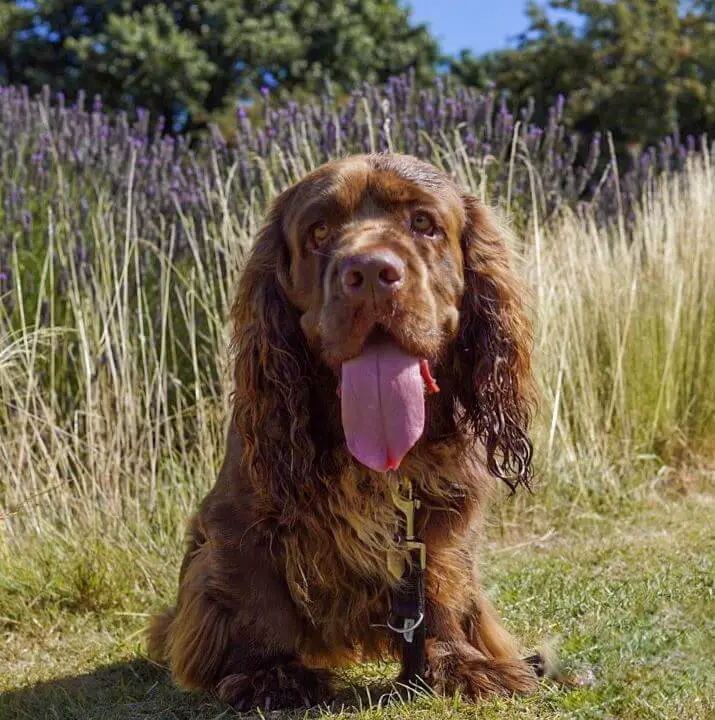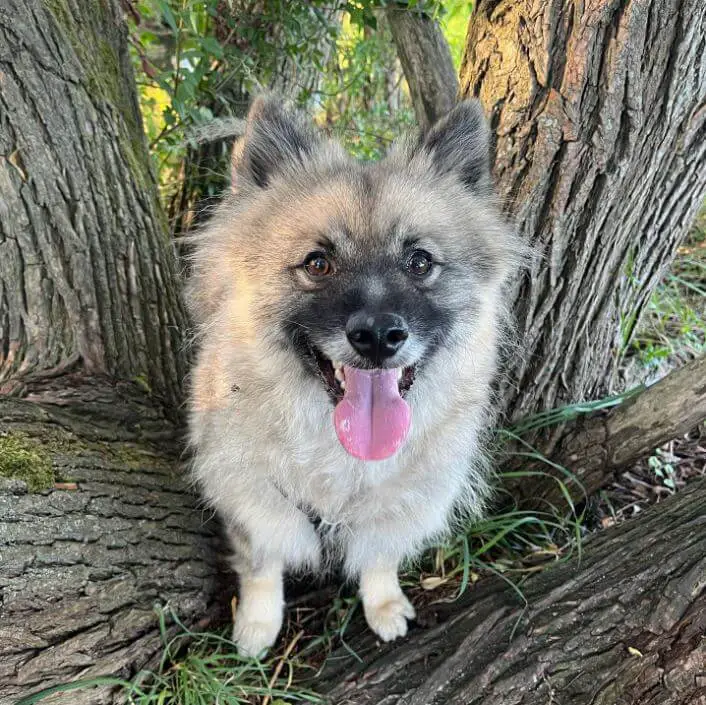Panting is a common behavior exhibited by dogs, and it serves various important functions. While panting is a natural and healthy process for canines, it’s essential for pet owners to understand the reasons behind this behavior. In this article, we will delve into why dogs pant, the different types of panting, and when panting may indicate an underlying health concern.

Why Do Dogs Pant?
- Thermoregulation: Dogs don’t sweat like humans do, so they rely on panting as a primary mechanism for cooling down. When dogs pant, they exchange warm air from their lungs with cooler air, helping to regulate their body temperature.
- Physical Exertion: Dogs often pant during or after physical activity, such as exercise or play. Panting helps them bring in more oxygen and expel carbon dioxide, supporting their increased metabolic demands during exercise.
- Emotional Stress or Excitement: Dogs may pant when they are anxious, stressed, or overly excited. Panting can be a response to elevated adrenaline levels and is a way for dogs to cope with emotional situations.
- Pain or Discomfort: Dogs may pant if they are in pain or experiencing discomfort. Panting in these situations may be accompanied by other signs like restlessness, whining, or changes in appetite or behavior.
Types of Panting:
- Normal Panting: Normal panting is characterized by a relaxed mouth, moderate breathing rate, and a pink or normal-colored tongue. It occurs during periods of activity, hot weather, or when a dog is excited.
- Rapid Shallow Panting: Rapid shallow panting may occur during moments of stress, anxiety, fear, or pain. This type of panting is often accompanied by other signs of distress, such as pacing, trembling, or dilated pupils.
- Excessive or Prolonged Panting: Excessive or prolonged panting that persists even when a dog is at rest may indicate an underlying health issue. If your dog is panting excessively without an apparent reason, it’s important to monitor for other symptoms and consult with a veterinarian if necessary.

When to Be Concerned:
While panting is a normal behavior, there are instances where it may indicate an underlying health concern. It’s important to be aware of the following signs that may accompany abnormal or concerning panting:
- Excessive Drooling: Excessive drooling along with panting may indicate overheating, dental issues, or gastrointestinal problems.
- Change in Panting Pattern: If your dog’s panting pattern suddenly changes, such as becoming more frequent, intense, or prolonged, it could be a sign of pain, respiratory distress, or an underlying medical condition.
- Pale or Bluish Gums: If your dog’s gums appear pale or bluish, it could indicate poor oxygenation and potentially a serious health issue. Seek veterinary attention immediately.
- Difficulty Breathing: If your dog is panting heavily, struggling to breathe, or showing signs of respiratory distress, such as wheezing or gasping, it requires immediate veterinary attention.

Panting is a natural behavior for dogs and serves various purposes, including thermoregulation, exercise support, and emotional coping. Understanding the different types of panting and being aware of any changes or accompanying symptoms can help you determine when panting may be cause for concern. If you’re unsure about your dog’s panting behavior or if it is accompanied by other concerning signs, it’s always best to consult with a veterinarian. By staying attentive to your dog’s health and well-being, you can ensure their comfort and address any potential issues promptly.
